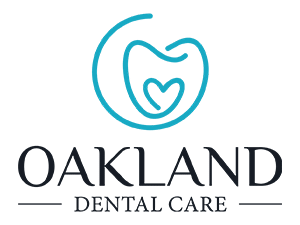
Comprehensive Evaluation / Oral Examination

An oral examination is a visual inspection of the mouth, head, and neck, performed to detect abnormalities. Low radiation digital imaging allows for a more complete examination, helping the doctor to detect cavities, problems in existing dental restorations, gum and bone recession or other abnormal conditions within the mouth, head and neck area.
Dental Cleaning
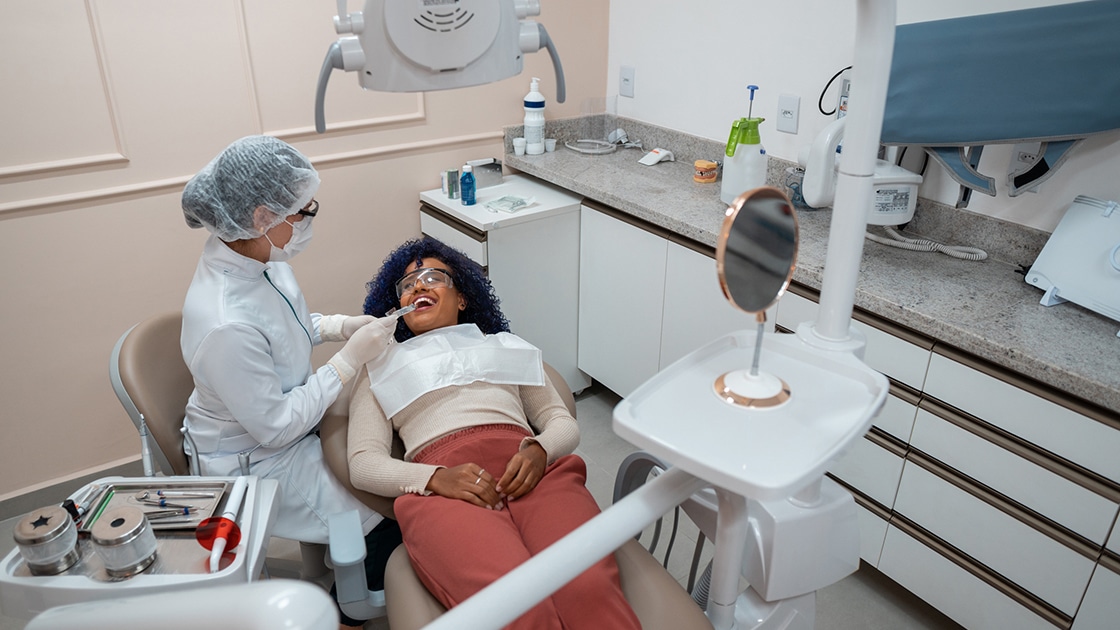
A dental cleaning, also known as an oral prophylaxis, is the removal of dental plaque and tartar (calculus) from the teeth. Specialized instruments are used to gently remove these deposits without harming the teeth. First, an ultrasonic device that emits vibrations and is cooled by water is used to loosen larger pieces of tartar. Next, hand tools are used to manually remove smaller deposits and smooth the tooth surfaces. Once all the tooth surfaces have been cleaned of tartar and plaque, the teeth are polished.
Dental Sealants
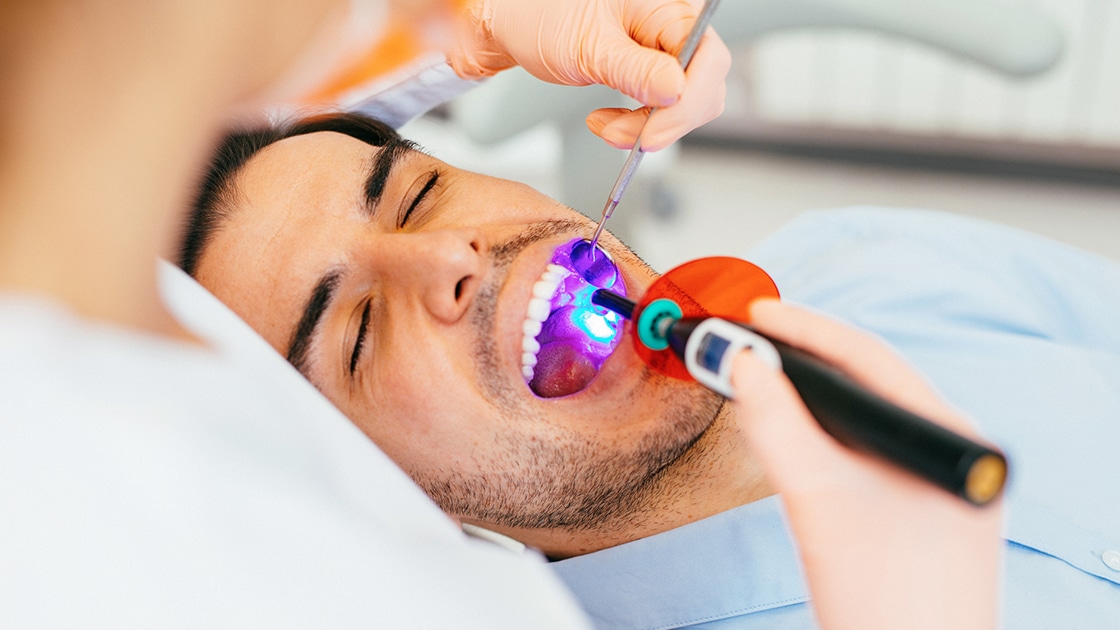
Dental sealants are made of a safe resin material which is applied to the surfaces of teeth (commonly permanent molars) to prevent cavities. The sealant material fills in the crevices of a tooth and “seals” off the tooth from cavity-causing agents like food and plaque. The teeth are prepared for the sealant application and the sealant is painted directly onto the chewing surface of each tooth and then hardens. Sealants are applied in one visit.
Fluoride Treatment
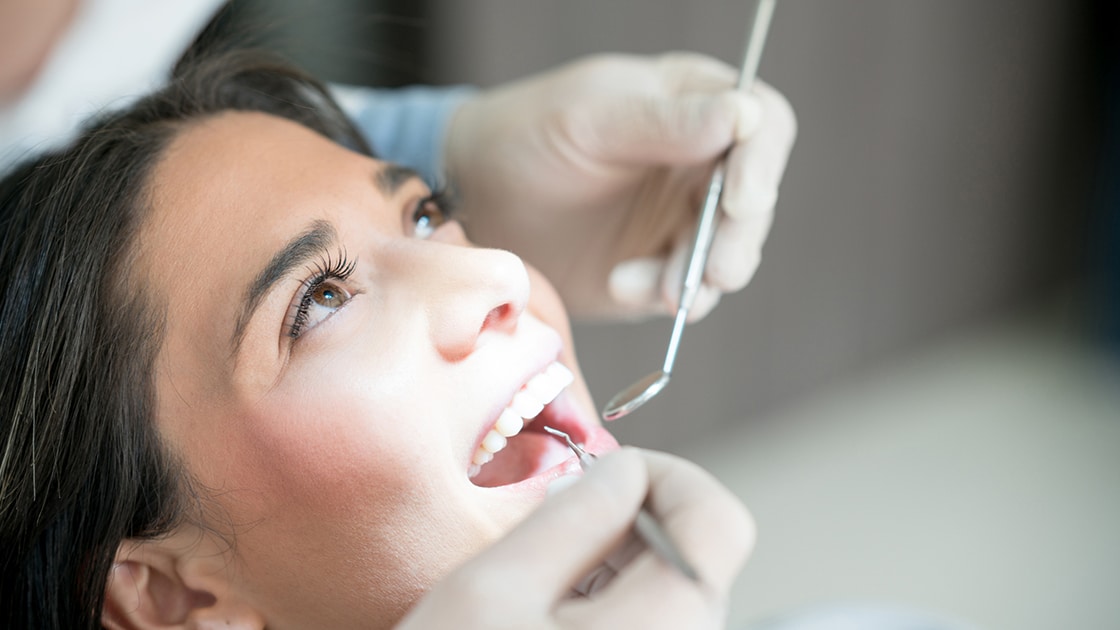
Fluoride is a natural substance that helps strengthen teeth and prevent decay. Fluoride treatments are administered at this office as an important component of pediatric dental treatment. The fluoride is applied to the teeth in a gel, foam, or varnish form.
Custom Oral Appliances

Scaling and Root Planing

Root Canal Treatment
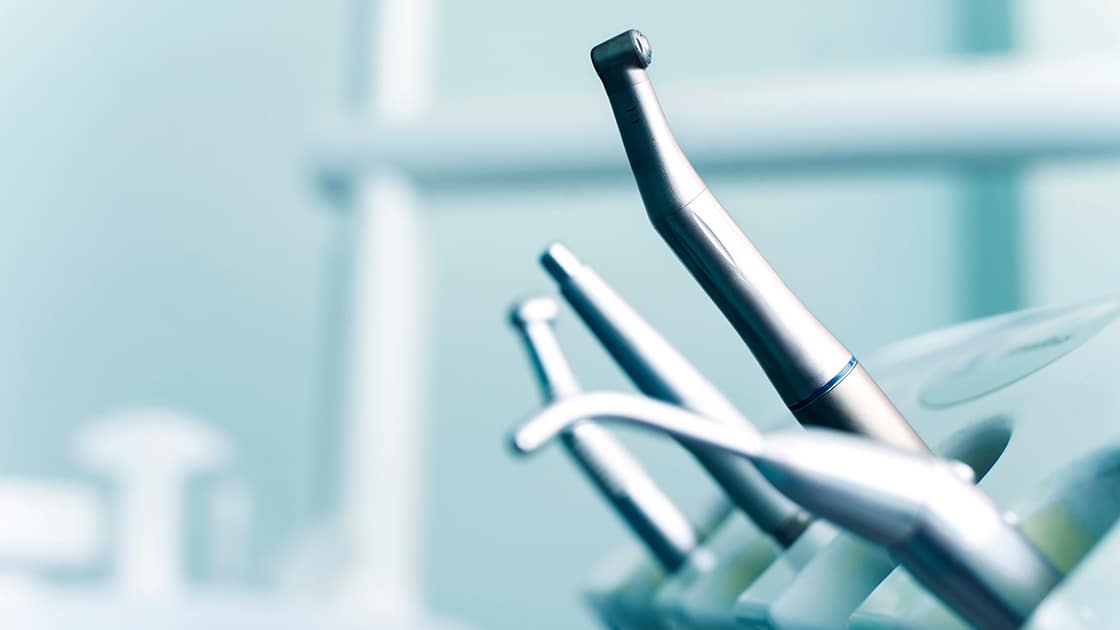
Extractions
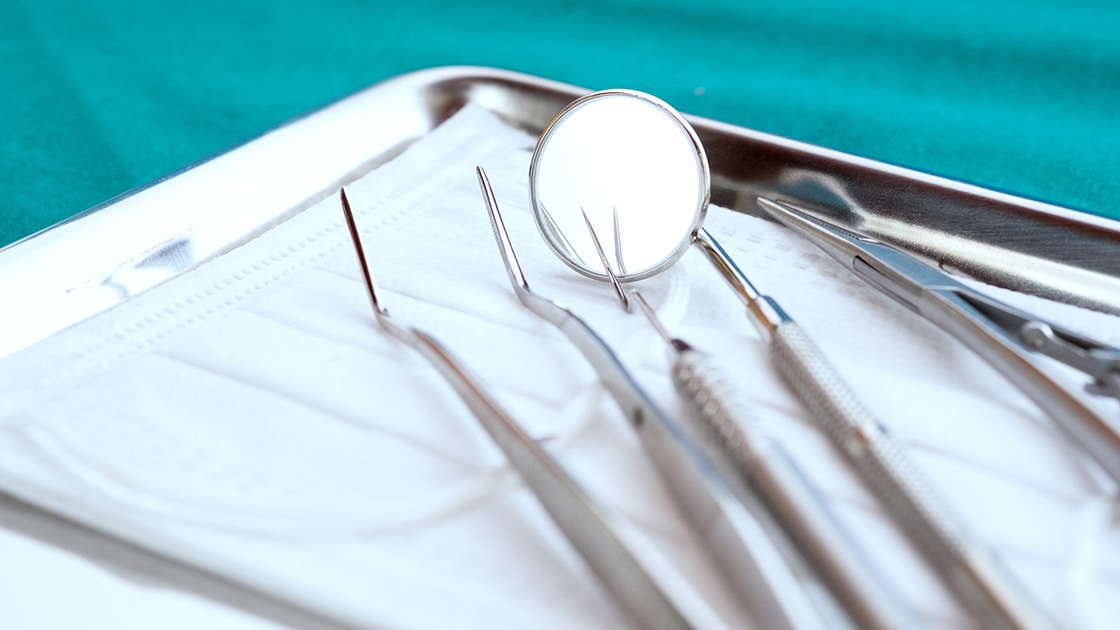
Frequently Asked Questions About General Dentistry
Why is it important to visit the dentist regularly?
Regular visits to the dentist are important for good dental health and overall wellness. During these visits, you will have preventative treatments such as dental cleanings and comprehensive oral examinations that are perfect for maintaining oral health - and discovering areas of concern before they develop further.
How often should I visit the dentist?
It is recommended that all patients, regardless of age, visit the dentist at least every six months.
What causes cavities and how are they treated?
It is normal for your mouth to have both good and bad bacteria in it. Brushing thoroughly helps to keep the bad bacteria under control. Otherwise, the bad bacteria, along with food particles, will be attached to the surfaces of the tooth - especially in crevices - and begin to multiply. As your saliva mixes in, too, a white film known as plaque is formed. It begins to make its way into the enamel - and eventually causes cavities.
Should a decayed tooth be treated with a root canal or extraction?
Your dentist will make every effort to preserve your natural tooth. If a root canal can be performed to remove the decay and restore the tooth’s integrity, this will be the ideal treatment. While it may seem easier to just extract your decayed tooth, it will need to be replaced with an artificial tooth or you will encounter more complex oral health concerns in the future.
What are the initial signs of gum disease?
Gum disease - also referred to as gingivitis - attacks the gums and eventually the jaw bone, leading to tooth loss. Look out for the following signs:
- Bleeding gums (including when brushing and flossing)
- Tender or sore gums
- Red, puffy, or swollen gums
Regular visits to your dentist can help you receive treatment early.
